The treadmill and Stairmaster are two of the most popular cardio machines at the gym. But which one is best for you and your goals? In this comparison, we will find out.
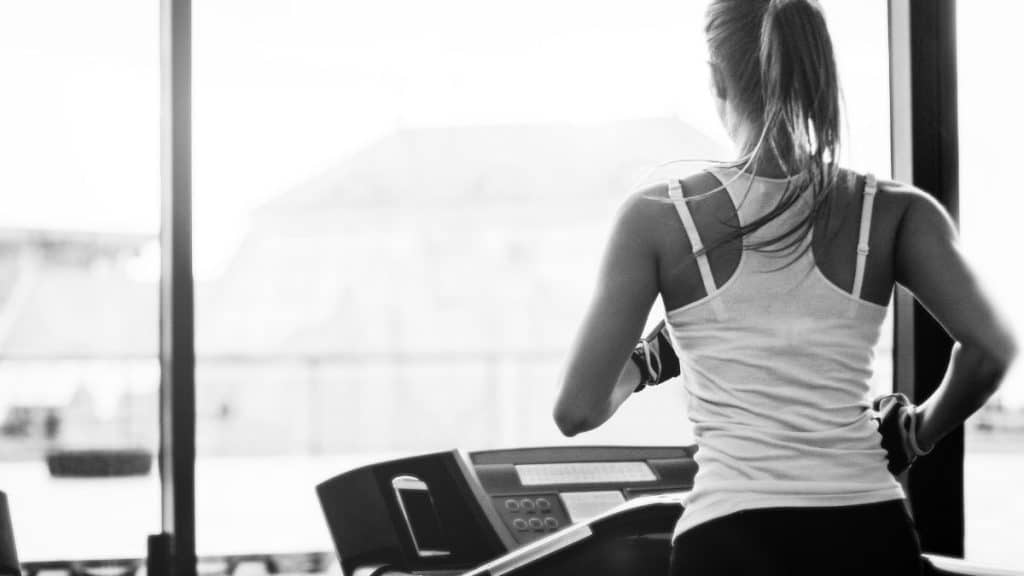
I’m always in favor of using whatever machine—be it weight or cardio machine—that delivers the most bang for your buck.
Or, put another way, gives you the best fitness results for the time you invest.
It’s not just about spending time on whatever machine; it’s about maximizing the results of your workout so every second counts.
That’s why I go so deep in comparing these cardio machines (like I did in my rowing machine vs treadmill article, and why we’re doing so again here). I want you to know exactly which machine will deliver the best outcome for the time you spend working out.
In this article, I’m going to look at two of the most popular gym machines: the treadmill and the stairmaster.
We will compare all the critical factors in the workout: how many calories they burn, which muscles they work, what results they offer for your functional fitness, what sort of injuries you risk using them, and more.
By the end of this post, you’ll know exactly which of the two machines are the better choice for you.
Let’s jump in and get our cardio on!
Treadmill vs Stairmaster – Key Comparisons
Calories Burned
Let’s start off with the simplest, most basic metric to use to track the results of a workout: the number of calories you can burn.
After all, when it comes to weight loss, calories give you a pretty clear idea of how each machine works.
Weight loss is basically down to a simple formula: calories expended > calories burned = results.
The more calories a machine has the potential to burn, the better it is for your weight loss.
According to Harvard Medical School:
- A 125-pound person can burn 180 calories in 30 minutes of fast-paced walking or slow-paced jogging
- A 155-pound person can burn 216 calories in 30 minutes of fast-paced walking or slow-paced jogging
- A 185-pound person can burn 252 calories in 30 minutes of fast-paced walking or slow-paced jogging
Not the best results, I know. The slower-paced the workout, the fewer calories you burn.
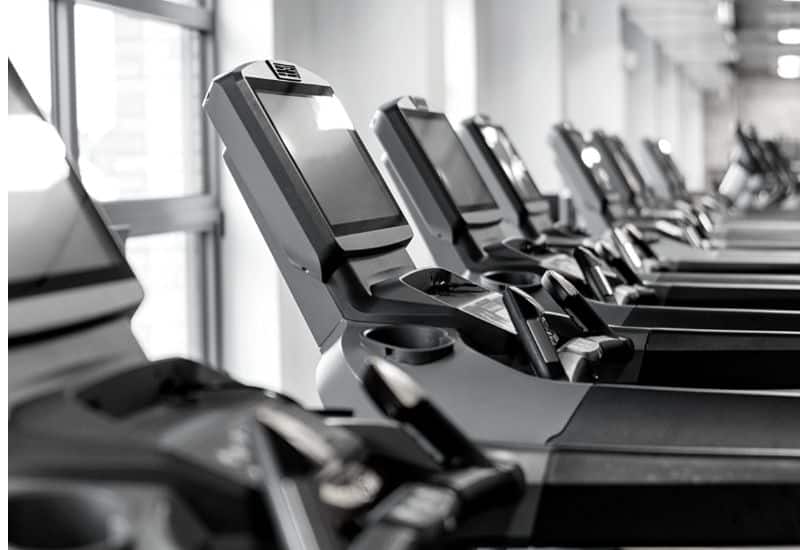
So let’s speed things up. Let’s add a bit of velocity to the pace and see how the calories burned on a treadmill increase.
- The same 125-pound person will burn 295 calories in 30 minutes of running (at a 6 MPH pace)
- The same 155-pound person will burn 360 calories in 30 minutes of running (at a 6 MPH pace)
- The same 185-pound person will burn 420 calories in 30 minutes of running (at a 6 MPH pace)
There we go! Now we’re burning calories.
Speeding up the pace even more:
- The same 125-pound person will burn 375 calories in 30 minutes of running (at a 7.5 MPH pace)
- The same 155-pound person will burn 450 calories in 30 minutes of running (at a 7.5 MPH pace)
- The same 185-pound person will burn 525 calories in 30 minutes of running (at a 7.5 MPH pace)
And what happens if you really add some velocity?
Well, the list doesn’t tell you how many calories you can burn in sprint training (mixing high and low-intensity intervals), but you can burn a lot more calories by speeding up the pace.
- A 125-pound person can burn 453 calories in 30 minutes of running at a 10 MPH pace
- A 155-pound person can burn 562 calories in 30 minutes of running at a 10 MPH pace
- A 185-pound person can burn 671 calories in 30 minutes of running at a 10 MPH pace
Now those are some results!
Let’s take a look at the stairmaster and see how it stacks up against the treadmill. According to that same resource:
- A 125-pound person can burn 180 calories in 30 minutes of “general” (i.e. slower paced) training on the stair step machine
- A 155-pound person can burn 216 calories in 30 minutes of “general” (i.e. slower paced) training on the stair step machine
- A 185-pound person can burn 252 calories in 30 minutes of “general” (i.e. slower paced) training on the stair step machine
The exact same number of calories you can burn slow-jogging/fast-walking on the treadmill.
See also: 5 Best Treadmill Workouts for Weight Loss (Plus Tips for How to Supercharge Losing Weight)
The real difference, though, is that you can only speed up so much on the stairmaster. You can’t exactly “run” up and down stairs as effectively as you could in real life, so you can never truly reach the full speed of your training.
Thus, the treadmill wins for the most calories burned because you can push your speed all the way to a 10 MPH pace!
The treadmill is not just the best cardio machine for weight loss of the two, but it’s also the better choice of cardio machines for HIIT workouts.
Muscles Worked
When comparing cardio machines, I always look at which muscles each machine works.
Though cardio isn’t specifically targeting muscles (that’s what resistance training is for), I still want a machine that engages as many muscles as possible to deliver a more efficient full-body workout.
Sadly, neither the treadmill nor the stairmaster work as many muscles as other machines—say, for example, the assault bike, elliptical machine, or rowing machine.
With these two machines, it’s all focused entirely on your lower body:
- Quads
- Hamstrings
- Glutes
- Hip muscles
- Calves
- Shins
These are the muscles that engage to A) propel you forward when you run, and B) move you upward as you climb stairs.
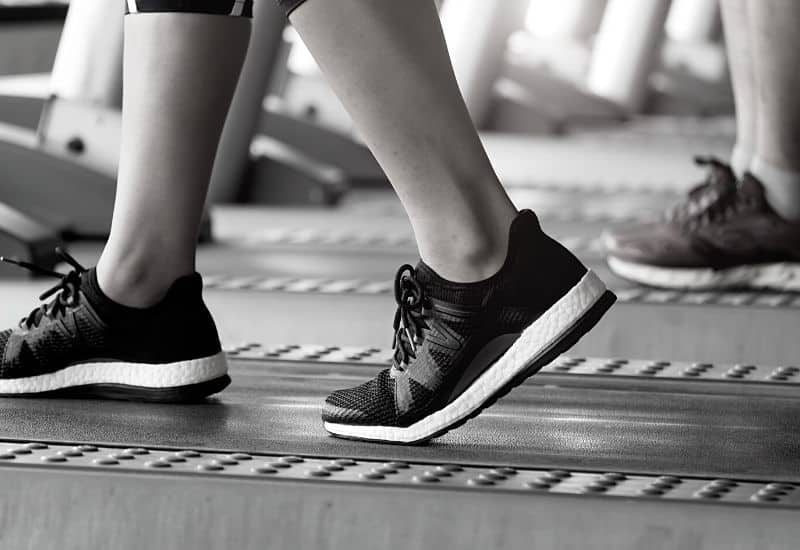
You do want to make sure to train these muscles—as you’ll see in the next section, they’re crucial for movement in every aspect of your daily lives—but it’s also good to mix in other machines that engage your upper body and core muscles more efficiently.
Functional Fitness
When looking for the best cardio workouts, I always keep the functional firmly at the front of my mind.
“Functional fitness” refers to fitness that translates over into easier performance of your activities of everyday life.
For example, playing with your kids, taking your pets for walks or runs, taking out the garbage, unloading the shopping, cleaning your garage, moving your lawn, playing sports with your friends, and so on.
Some cardio machines are entirely focused on the “workout” aspect, but there’s no real translation into functionality in your everyday life.
For example, the air bike combines an upper body push-pull workout with lower body cycling, which is a great cardio workout. However, there’s no real translation into real-life activities because no real-life activities simulate this particular combination of movements.
See also: 7 Health Benefits of Treadmills (Plus Disadvantages)
With the treadmill and stairmaster, though, the results of spending more time training on these machines are incredibly “functional”.
On the treadmill, you spend time walking, jogging, running, and sprinting, all activities that you do in your everyday life.
Training on the treadmill will translate into more efficient performance of all these movements. You’ll be able to walk longer without tiring, run or jog better and for longer distances, and even sprint faster and sustain the high-intensity cardiovascular activity.
With the stairmaster, there is slightly less functionality (you’re not going to walk or run significantly better because of the time you spend on this machine), but you still train your body to move through the “stair climbing” movement more effectively.
And, given how prevalent stairs are everywhere, you can see why this is still a highly functional workout.
Impact and Injuries
Both impact and injuries are two critical factors to consider when looking at the effects of a cardio machine.
Impact
When we talk about impact, we’re talking about the pounding that your body takes every time you lift and place your feet down with force.
For example, when you’re jumping, all of your weight leaves the ground, and there is a significant amount of impact when you land. Your muscles, joints, and bones have to absorb all the force that travels up your skeletomuscular system.
It’s no surprise that higher-impact exercise leads to a higher injury risk (see the next section).
Thus, we’ve got to be smart about incorporating some high-impact exercise into your workout in order to increase resilience in your skeletomuscular system, but also enough low-impact exercise to ensure your body has time to make repairs to any damage incurred by the high-impact training.
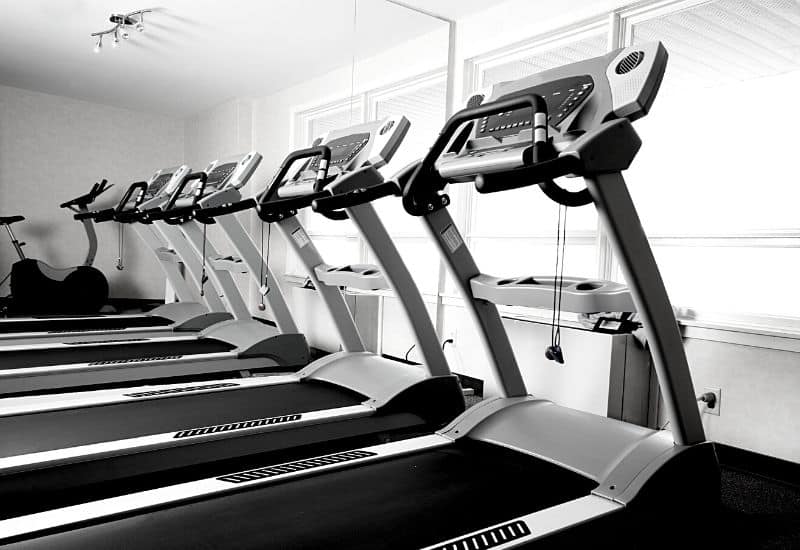
Walking on the treadmill is a fairly low-impact form of exercise. Yes, you are lifting and planting your feet, but you do so at a slow enough pace that there is only small amounts of impact on your joints.
However, when you speed it up and start jogging, running, and sprinting, that’s when things shift into the “high-impact” realm. Jogging, running, or sprinting daily can lead to a lot of wear and tear on your joints, which can lead to injuries (see the next section).
Climbing stairs isn’t quite as high-impact as running, but it’s higher-impact than walking. There is a small amount of force traveling up your skeletomuscular system when you plant your front foot on a higher step, shift your weight forward, and step up.
Injury
On the treadmill, the higher-impact nature of jogging, running, and sprinting can lead to a higher risk of injuries, including:
- Sprained ankles
- Strained knees
- Pulled hamstrings
- Lumbar pain
However, because you’re in full control of your speed, it’s easy for you to slow down the workout if you start feeling pain, and to make sure to avoid any excessive activity that could lead to injury.
Mixing walking (low-impact) and jogging/running/sprinting (high-impact) can give your body sufficient time to rest and recover that your injury risk is fairly low.
On the stairmaster, your biggest injury risk is in your knees.
You climb with your front knee bent enough that the lower quadriceps muscles do most of the work (initially) of propelling you upward.
Repeated activation of this muscle can lead to minor swelling, which in turn can cause pain in your knees. Incorrect movement can also lead to pain and swelling in your knee tendons, and overuse can also wear out the joints in your knees.
Cost and Footprint
These two factors aren’t really a huge concern for people who go to a commercial gym to work out, but they’re absolutely critical for anyone who is considering purchasing one of these two cardio machines to use at home.
Cost
The average treadmill will actually be fairly cheap, especially if you shop in the “budget” range for inexpensive, low-tech models without all the fancy frills. You can find treadmills as cheap as $200 or $300!
Looking in the mid-range, the price will rise to around $500 to $800. In the uppermost price range, the machines with the greatest array of technology (heart rate tracking, high speeds, pre-programmed workouts, and all the other fancy bells and whistles), you’ll spend anywhere from $1,000 to $2,000.
Stairmasters, sadly, are among the most expensive of the gym machines. You’ll be hard-pressed to find any stairmaster under $1,000, and the “average” will be anywhere from $1,200 to $4,000. For the real upper-tier machines, you can easily spend more than $10,000!
Footprint
The “footprint” of the machine refers to the amount of floor space it takes up in your home gym. If you’ve got a lot of room to work with, you can accommodate a larger machine. For those with smaller homes or apartments and limited space to fit machines, it’s absolutely imperative to consider a machine with a smaller footprint.
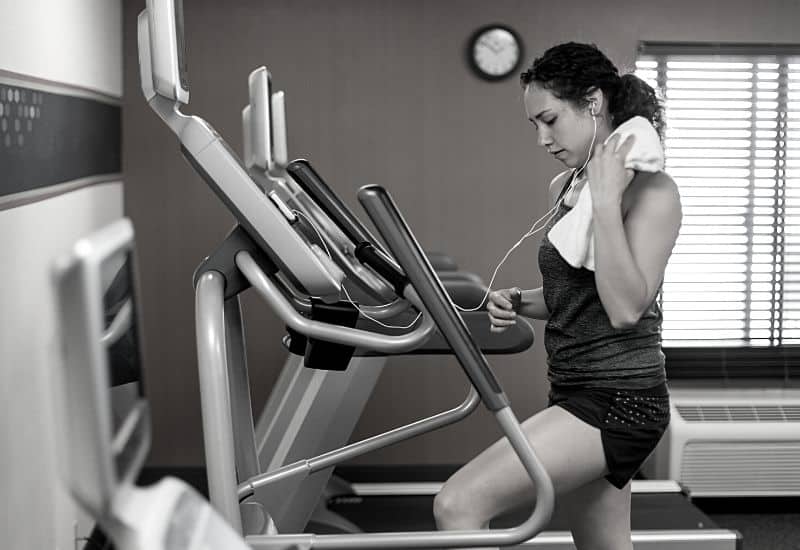
The stairmaster is, unsurprisingly, the larger of the two machines. It’s significantly wider than the treadmill (often 36+ inches wide), and taller, too (easily 5+ feet tall). It may even be nearly as long as the treadmill, with a footprint roughly 48+ inches long.
And with the stairmaster, there’s no way to fold it up or move it out of the way. It’s just a big, bulky machine any way you cut it.
With the treadmill, on the other hand, you’ve got options. Many treadmills are designed to fold up, with a deck that lifts up and secures in a vertical position.
When in this stored position, the machines can have a footprint as small as 30 inches wide and 24 inches long. The deck will add another 60 inches or so of height (depending on the machine), but it’s not much taller than the console, so it doesn’t take up extra space.
When it’s unfolded, it will usually be about 30 inches wide and 60 to 70 inches long (depending on the deck length). Not the most compact machine, certainly, but one that most home gyms can accommodate without too much difficulty.
Treadmill vs Stairmaster – The Final Verdict
The treadmill is perfect for people who:
- Want to get better at running and jogging
- Love to walk but can’t get outdoors during the winter
- Want a low-impact workout but also love HIIT training
- Like to burn calories through what is essentially the most efficient form of cardio: running
- Want to keep their gym setup inexpensive and space-efficient
- Prefer a workout that makes it easy to stay entertained while you train
The stairmaster is perfect for people who:
- Have plenty of space in their home gym and an unlimited budget
- Want to get fitter and better-able to climb stairs or steep mountain trails
- Want to focus on training their glutes and hamstrings
The Bottom Line
At the end of the day, both machines offer amazing benefits, and deserve a place in your workout. But if you can only choose one of the machines, it’s critical that you choose the one that serves your needs best.
As you can see above, the treadmill does offer a lot more benefits for your training, and it takes the prize as the “overall” better of the two machines.
It’s cheaper, more compact, delivers a more “functional” workout, burns more calories, and can be a lower-impact machine better-suited to recovery and rehabilitation.
The treadmill is a machine you can use regularly and know you’re making the best choice to improve your overall fitness in all the ways that matter!
More Guides and Articles Like This
Rowing Machine vs. Stairmaster – Which is Best for Your Workouts? Wondering if the rowing machine or the Stairmaster is best for your training and weight loss goals? Here’s a detailed look at the rowing machine vs Stairmaster so that you can maximize your time in the gym.
Elliptical Machine vs Stairmaster: Which One is a Better Workout? The battle between the elliptical vs Stairmaster ends here. In this guide, we look at the pros and cons of each and how they perform for weight loss, HIIT workouts, functional fitness, calories burned, and much more.